From beautiful tropical beaches to icy shores and freshwater lakes, wherever there is water, you’re likely to find crabs!
These ancient crustaceans have walked the Earth for millions of years, and they look rather prehistoric too! There are more than 4,500 different species of crab, so they have adapted to almost every aquatic environment on the planet.
They are preyed upon by all sorts of creatures, including people, and have been featured in mythological tales since time began.
Read on to find out everything you ever wished to know about these clever crustaceans and so much more!
What Are Crabs
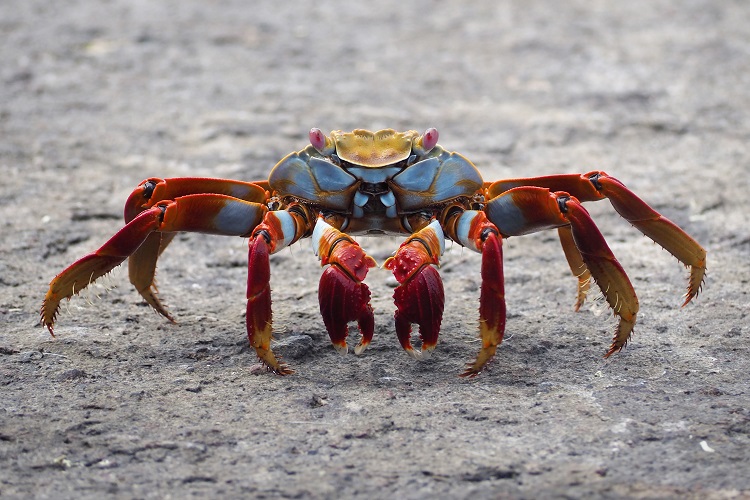
Crabs are in the taxonomic infra order Brachyura. They are “decapod crustaceans,” which means they have short bodies and a little tail that is hidden beneath their thorax.
Crabs have one pair of pincers and a thick exoskeleton and are widely present throughout the oceans and coastlines of the world.
Evolution of Crab
The earliest known crab fossils are believed to be from the Early Jurassic period.
The majority of Jurassic crabs only have a dorsal carapace. This is the shell part of the exoskeleton that covers the top of their body. It is this particular feature that sets them apart from the crabs of today.
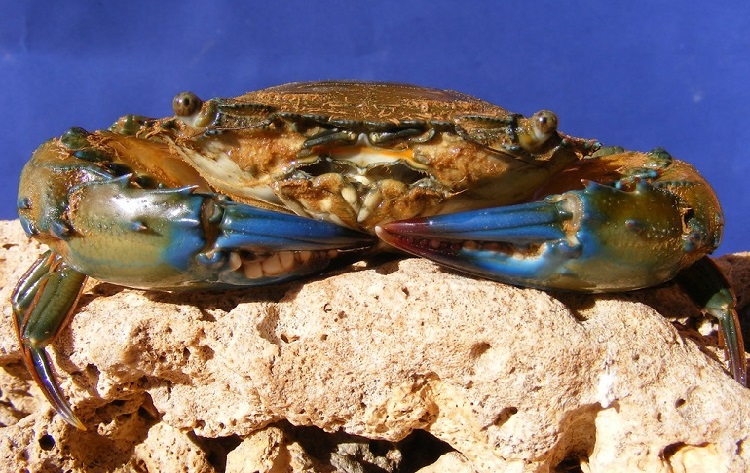
During the Late Jurassic period, the availability of reefs expanded. This allowed the crab population and range to increase. However, at the end of the Jurassic age, these ecosystems declined, and with it, the crab population too.
During the Cretaceous period, the diversity of crabs continued to rise. By the end of this historical age, crabs were so successful that they were the dominant type of decapod on Earth. Nowadays, you can find crabs almost anywhere where there is water.
Crab Classification
Crabs are a type of crustacean that belong to the order Decapoda, meaning “ten-footed.” Read on to know the details:
Superfamilies
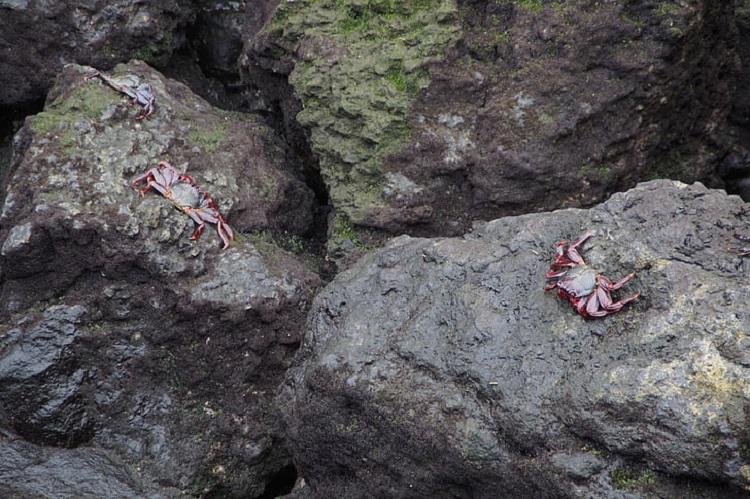
A “superfamily” is a biological classification category that ranks between an “order” and a “family’.
In the taxonomic world of crabs, that means several species which are so closely related they need a category of their own.
For example, Xanthoidea is the largest superfamily of crabs. It contains three individual families: Panopeidae, Xanthidae, and Pseudorhombilidae. In the past, some other crab families were included in Xanthoidea, but these have now been transferred to other classifications.
Crab Species
There are believed to be around 4,500 species of crabs in the world – so I am definitely not going to list them all here!
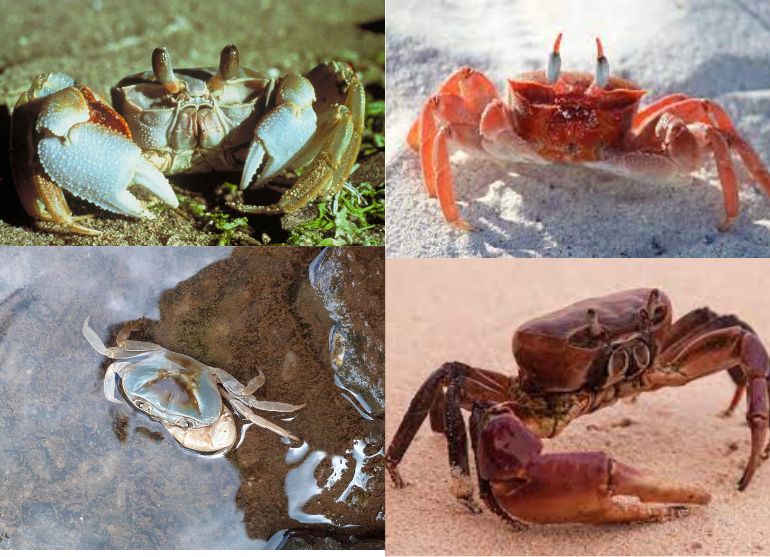
Let’s take a look at some of the most common species:
- King Crab – This type of crab is one of the largest species. King crabs have been known to weigh up to 30 pounds! They like to live in colder climates, such as the waters off Russia, Japan, and Alaska, and are often fished for human consumption.
- Blue Crab – This type of crab is native to the Eastern coasts of the Gulf of Mexico and the United States. As their name suggests, they have blue legs and bodies. Blue crabs are also a pretty large species, with carapaces that can reach up to 9 inches across.
Interestingly, blue crabs have a separate pair of swimming legs (that look like little paddles) to help them move through the water!
- Coconut Crab – Coconut crabs are HUGE! In fact, they are the biggest land-based arthropod on Earth. They can grow to 1 meter across and weigh as much as 9 pounds. They will eat anything they can find on the ground, including coconuts! They’re also fantastic climbers, so they will scale trees in search of food.
- Bairdi Crab – Bairdi crabs are sometimes also called “tanner crabs.” They live in the Bering Sea and the North Pacific Ocean. This type of crab has long legs and is heavily fished in Alaska. They have a compact round body with a very small flap at the abdominal area.
- Hermit Crab – Most people have heard of the Hermit Crab! These cute creatures are known for making empty shells into their homes. As they have a soft exoskeleton, they must find another shell to protect themselves.
Hermit crabs will inhibit one shell for a period of time and then have to “move house” once they outgrow it. Sometimes, fights can break out between crabs who both want a prime piece of “real estate”!
Types of Crabs

Although it’s not the only way of doing it, crabs are often classified according to their size or habitat type.
If classified by size, the smallest crabs we know of are pea crabs. This type of crab is around a centimeter across. At the other end of the scale is the monstrous Japanese Spider Crab, which is capable of growing to 4 meters across and weighing 44 pounds.
In terms of the environment, the majority of crabs live in the ocean, but there are some species of freshwater crabs. Crabs like to spend much of their time on land, but they rarely stray further than 5 kilometers from the water’s edge. This is a marked difference between crabs and crayfish, for example.
What Does a Crab Look Like
As there are so many different crab species, it shouldn’t come as a surprise that they don’t all look the same.
Each species has its own defining features that set it apart from other crabs. So the question “what does a crab look like” can have several different answers!
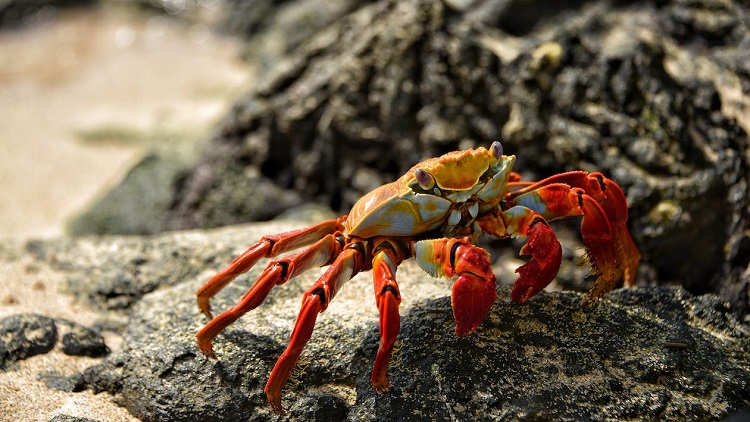
For the purposes of this article, we will focus on the most common similarities between crabs.
Generally, crabs have a rounded or oval body, which is sometimes textured and sometimes smooth. They may have protrusions on their bodies that are of varying lengths. These protrusions are believed to deter predators.
Most crabs have 10 legs. Five legs along each side of their bodies and a pair of pincers at the front. The pincers are used for feeding and self-defense. Often, the pincers are the same size, but some species have one pincer that is larger than the other.
An average crab measures around 15 inches across. The smallest crab is the size of a pea, while the largest can be as wide as a car is long!
Crabs are invertebrates, so they do not have a backbone or skeleton. Instead, they have a tough exoskeleton made of chitin that protects their vulnerable insides. This is the same as scorpions.
As they grow and develop, this external skeleton becomes too small, so they must shed the old shell and regrow a larger one. Understandably, a crab is highly vulnerable without a hard shell, so they usually hide away until they have a new shell and are protected again.
Crabs come in a vast range of colors depending on where they live. Cold water species are usually brown, tan, dark blue, or a combination of colors. Warm water crabs are often red, white, or a brighter shade of blue.
Crabs Diet
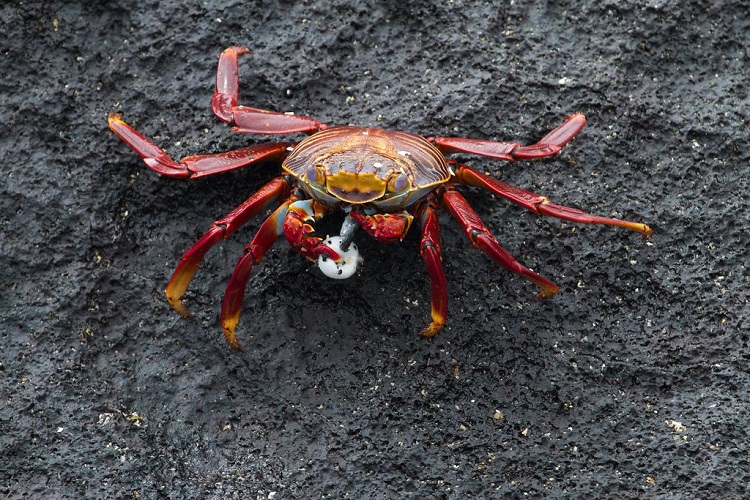
The diet of a crab varies wildly depending on the particular species and where in the world they live. The vast majority of crabs are omnivorous, which means they will eat both animals and plants.
Smaller crabs can eat plankton and other microorganisms, while larger species will snatch fish, seahorses, small crabs, and shrimp as they swim past. Crabs are also keen scavengers.
They will happily eat carrion, human waste, mussels, algae, barnacles, and anything else they can get hold of.
Crab Habitat
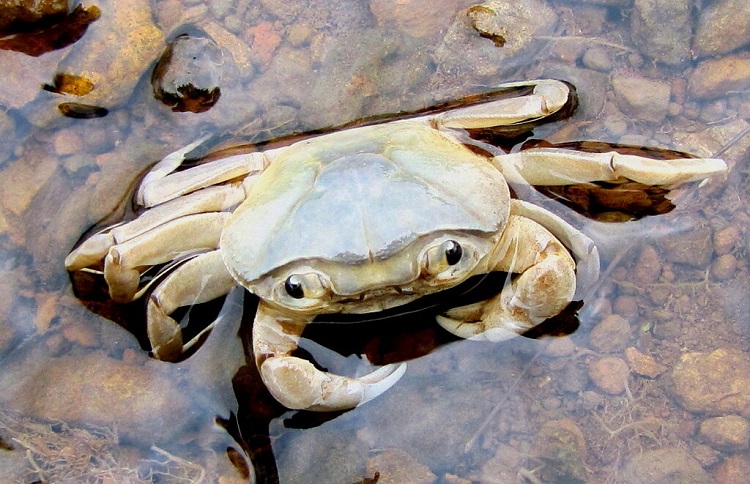
Crabs are usually found close to the water – usually saltwater or slightly brackish water. They are present in all oceans on the planet! Some types of crabs live in the water all the time. Others live at the water’s edge, typically dwelling amongst the rocky areas or burrowing in the sandy shores.
There are some species of freshwater crabs that are specially adapted to live in non-saline environments. They would actually die if they went into the sea!
With so many species of crab on Earth, some have evolved to thrive in particular environments. Some crabs live only on the land, only entering the water to breed.
Usually, the young are born/hatched in the water, where they remain until they are developed enough to venture out onto dry land.
Facts about Crabs
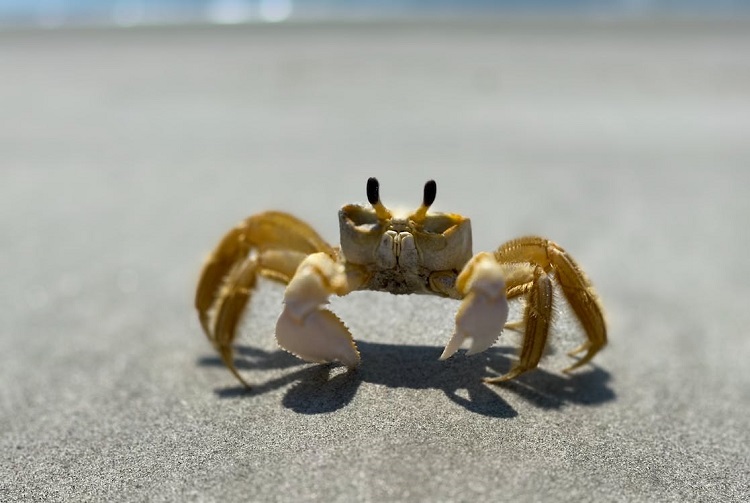
Here are 3 interesting facts about crabs:
- Crabs have been around for a very long time! They first appeared around 200 million years ago during the Jurassic period. It’s no wonder they look like they’re from another world.
- Japanese spider crabs are HUGE. These remarkable crabs are the biggest of them all. The space between their claws can measure up to 12 feet!
- Crabs lay an incredible amount of eggs. Females have a short pregnancy of about 2 weeks before laying 1,000 to 2,000 eggs!
Crab Behavior
Crab behavior is heavily dependent on the species. Some crabs like to live mostly solo lifestyles, while others prefer to live in groups.
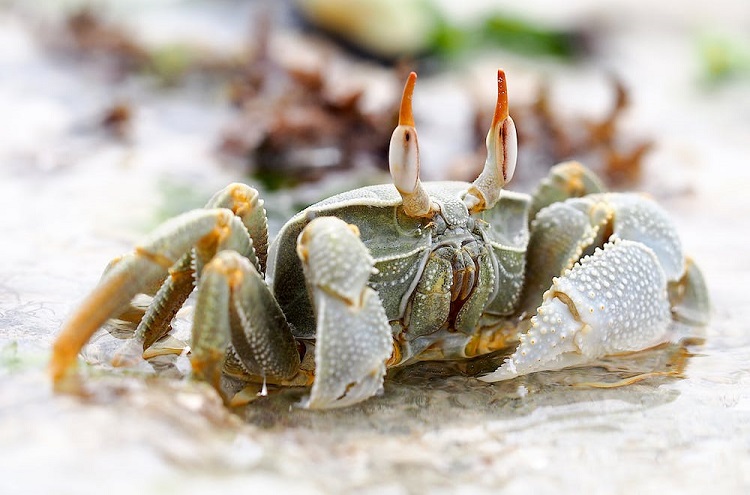
A large group of social crabs is called a “cast.” Sometimes, these groups can have thousands of individual members. The benefit of living in such a large group is that you’ll always be able to find a mate! Also, as there are so many crabs, the chances of getting chosen by a predator are lessened.
Crabs aren’t particularly brave creatures. More often than not, a crab will run away from danger, often squeezing itself into a small, dark space to hide. However, if they have no choice, crab will do their best to fight back with their pincers.
Most crabs are shy and non-aggressive, but the Coconut crab is an exception. This very large, land-based crab has huge pincers that are strong enough to break your fingers. They have been known to attack people and pets if they come into contact with them.
Sexual Dimorphism
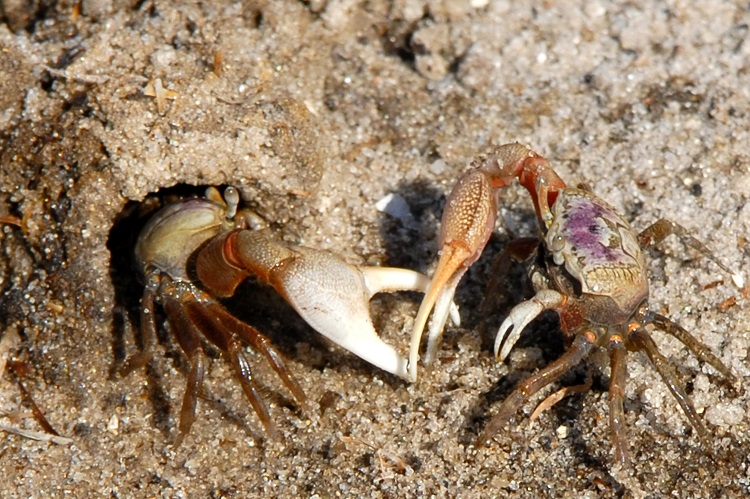
Crabs are noted for expressing what is called “sexual dimorphism.” This means that males and females show distinct differences from each other.
Males are usually bigger and have larger pincers than females. Sometimes, the shape of the carapace is very different between the sexes.
Male fiddler crabs are known for having one pincer that is much larger than the other. This is used as a method of communication and for attracting a mate. Female fiddler crabs do not have differently-shaped pincers.
Female crabs in several species have slightly differently shaped, rounded abdomen than the males. This is believed to be due to where she will need to store her fertilized eggs.
Crab Reproduction, Babies and Lifecycle
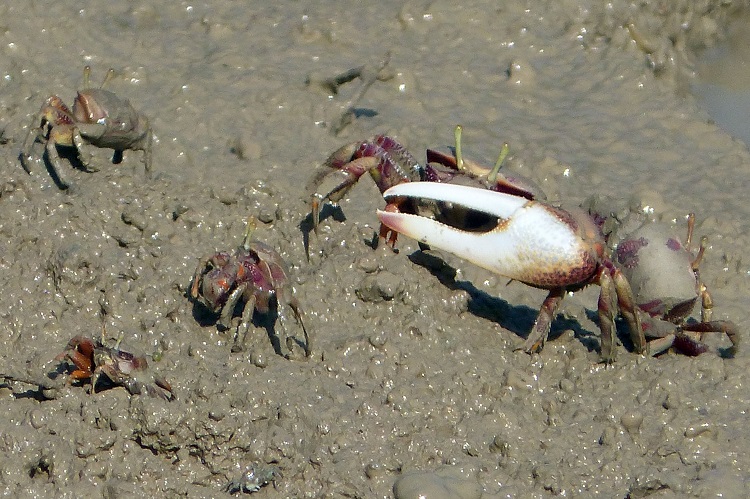
Crabs tend to mate during the molting phase, as there is no longer a tough shell getting in the way of intimacy.
Most species will shed their shell during the warmest time of year when both the air and water temperature are comfortable. After all, who wants to shed their protective layer when it’s cold and unpleasant?
Most water-dwelling crabs will mate belly-to-belly. Eggs are fertilized inside the female, but she can also choose to store the sperm inside her body to use later if required.
Once the eggs are fertilized, the female will place them on her underside, close to her tail. She will keep them there until they hatch. Newly hatched crab larvae are free-swimmers and stay in the water until they are developed enough to live on land.
Young crabs will molt their shells many times before they begin to resemble adults. Most species of crabs have a life expectancy of around 4 years, but they may live longer in captivity.
How Many Crabs Are There in the World
It is impossible to say how many crabs there are in the world, but we can expect there to be millions, if not billions!
Crab Predators
Crabs may have a tough shell for protection, but that doesn’t stop them from being on the menu for many animals.
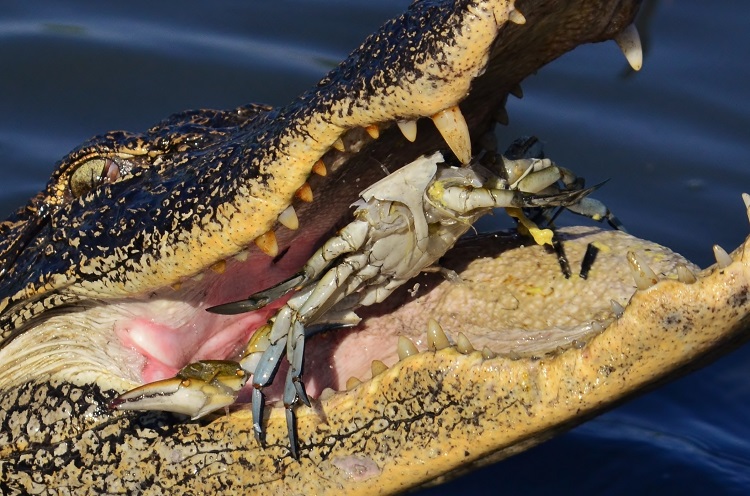
Newborn and young crabs don’t have a hard outer skeleton and spend their early lives floating in the water like plankton. It is at this stage of their lives that they are often taken by predators, never making it to adulthood.
Even if they are lucky enough to survive and develop a strong shell, crabs are still threatened by octopuses, humans, hunting fish, and even larger crabs. Perhaps one of their most unusual predators is the pistol shrimp, which knocks crabs unconscious with high-powered bubbles!
Crabs are preyed upon by many different animals, both on land and in the water. Snakes, sea otters, birds, sea urchins, large crabs, foxes, and more will all eat crabs if given the opportunity.
Human Consumption
For centuries, humans have enjoyed the sweet and succulent meat of crabs as a culinary delicacy. However, as demand for this tasty crustacean has grown, so too have concerns about its sustainability and ethical harvesting.
Used as Food
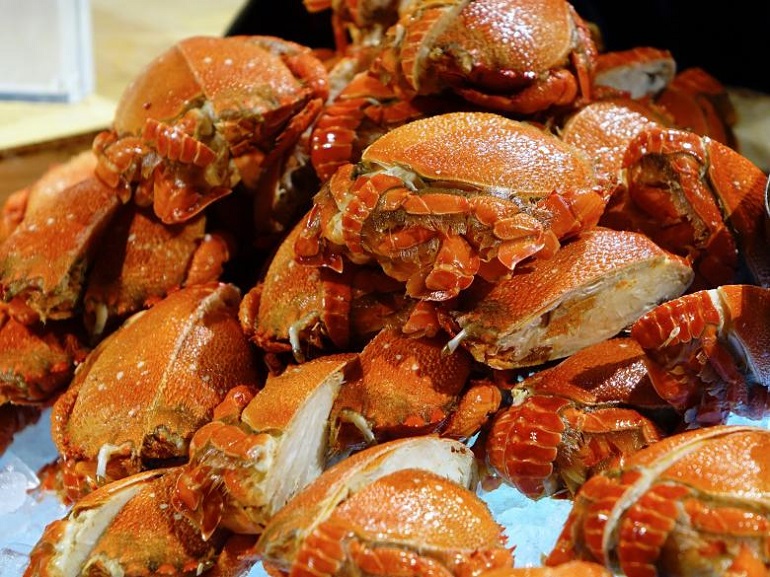
For as long as people have lived near water, they have eaten crab. In some cultures, crabs are cooked and eaten whole, with the shell removed and the meat picked out of the body and legs.
In Europe, crab meat is cooked and then removed from the legs and body before being mixed up with sauces and spices. It is often eaten in sandwiches or as part of a salad.
Used for Bait
When a crab molts its shell, it is sometimes referred to as “peeling.” A soft, vulnerable crab is seen as an excellent choice of bait for sport fishermen, who will catch, kill and use molted crabs on their hooks.
The soft body of the crab leaves a strong scent in the water that attracts hungry fish. Great for the fisherman but not so good for the unfortunate crab.
Pain
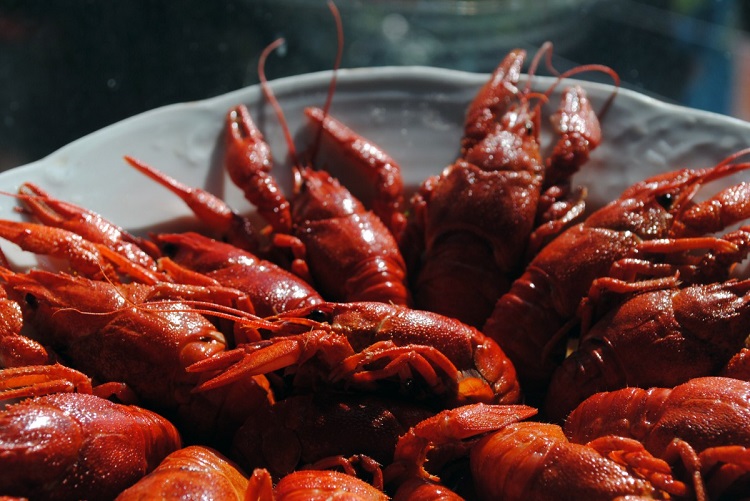
It’s difficult to believe, but for a long time, people thought that crabs couldn’t feel pain. This is because they lack certain areas of the brain that are associated with pain in humans and other vertebrates.
Crabs were often plunged, alive, straight into a pot of boiling water as a method of cooking. Of course, this is a truly horrendous thing to do to any living creature, whether you think they have simple brains or not.
Crabs would usually try to climb out before succumbing and dying. But it wasn’t until fairly recently that scientists proved that they can feel pain.
They carried out an experiment during which some crabs were electrocuted, and others were not. Most of the electrocuted crabs became agitated and tried to escape, while the non-electrocuted crabs were pretty chilled out.
But it wasn’t just their distress that was seen as a sign of pain. When the researchers examined the electrocuted crabs further, they found that they had much higher amounts of lactic acid in their “blood” – a sure indicator of stress caused by pain.
What Kind of Nutrition Does Crab Meat Have?
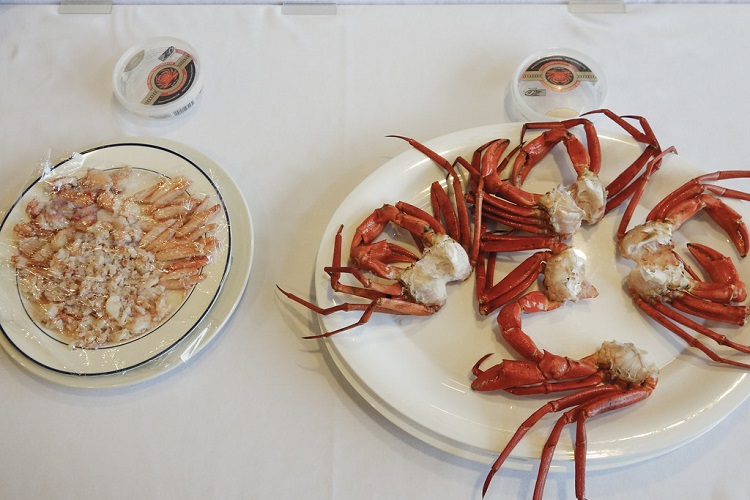
Crab meat is very healthy and nutritious. It has about 97 calories in 100 grams of meat, far less than many other food types. It also contains about 19 grams, or 38% protein per 100 grams, making it a great choice for fitness enthusiasts on high-protein diets.
In terms of fat, crab meat is a very lean choice. It has no saturated fat and only about 2% fat. It is completely carb free and only has about 53 milligrams of cholesterol per 100 grams.
Crab meat is also packed with vitamins such as vitamin C, vitamin B12, vitamin B6, calcium, iron, potassium, and magnesium.
Influence of Crabs on Culture
Crabs appear often in mythology, folklore, and religious stories across the globe. Perhaps it’s their otherworldly appearance, but arthropods have caught our attention for thousands of years.
The constellation and astrological sign Cancer is named after the Latin for Crab and is depicted as such. The ancient Moche people of Peru worshiped the ocean and would often feature crabs in their artwork.
Greek mythology includes all kinds of weird and wonderful creatures. In one tale, a crab named Karkinos gave support to the Hydra as it fought Hercules.
Crab Conservation Status
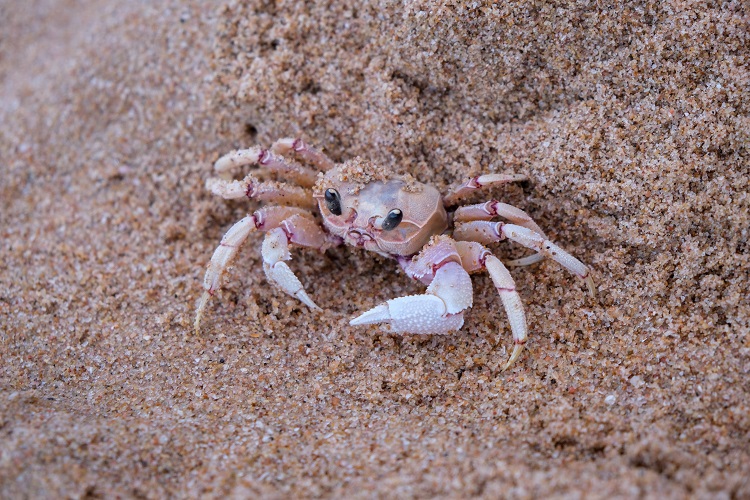
There isn’t much data about the current conservation status of crabs as a whole, but some species are classified as “near threatened,” – which means their numbers could decrease in the near future.
King crabs are one species that is changing their behavior as a response to climate change and warming waters. If more species start to do this, it could result in further threats to their survival in years to come.
Threats
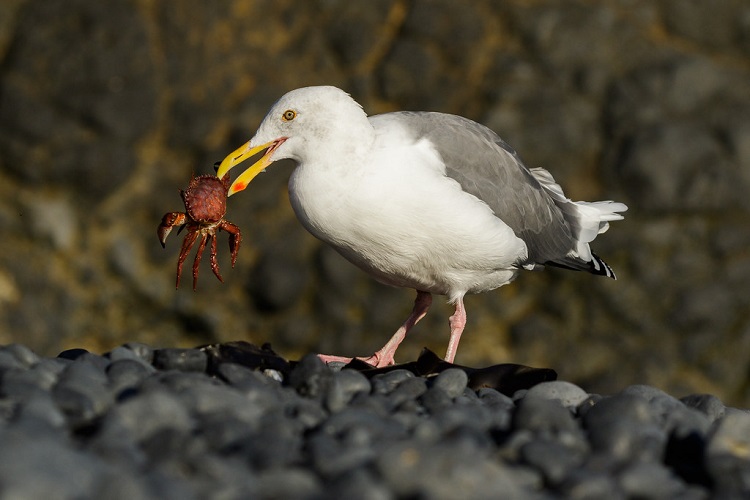
Even though they have a hard outer shell, they are still vulnerable to the powerful jaws of large predators. However, they are definitely most at risk as juveniles or during their molting phase.
Aside from predation, crabs are also threatened by changes to their ecosystems caused by habitat loss and deterioration. This is usually the result of climate change or human activity. Freshwater species tend to be more vulnerable to these changes at the moment, although saltwater species may be at risk in the future.
Crab fishing is not regulated or controlled in many countries, so humans exploit the abundance of crabs with intensive fishing. People are believed to eat about 1.5 million tons of crab meat every year.
At the moment, there are plenty of crabs in the ocean, but if this continues, it may not stay that way.
FAQ’s
Are Crabs Carnivores, Herbivores or Omnivores?
Crabs are omnivorous. This means that they eat all kinds of food, from algae and other vegetation to small creatures and detritus. Essentially, crabs aren’t fussy! They’ll eat whatever they can get their claws on if it’ll help them to survive. Large crabs will even kill and eat smaller crabs if necessary! Yikes.
Are Crabs Good for You?
Crab meat is very nutritious. Taken from the body and legs, it is low fat, low cholesterol, and packed with long-chain Omega-3 and other vitamins and minerals. Crab meat is a great choice if you’re looking to protect yourself against heart disease or keep your brain healthy.
Why Do Crabs Walk Sideways?
Crabs walk sideways because of their body structure. Their stiff legs are joined to the sides of their bodies, and their joints bend outwards rather than inwards (like our knees do). This makes it much easier for them to move sideways. Maybe they ask themselves, why do we walk forwards?
Do Crabs Feel Pain?
Yes, crabs do feel pain. In 2021, a government report written by a number of respected scientists conducted experiments on a number of decapod crustaceans, including crabs. The results concluded that crabs are able to feel discomfort and, therefore, should be treated ethically and with minimal suffering.
Conclusion
With their funny sideways walks, a huge array of species, and fascinating biology, it’s little wonder crabs have caught our imagination for thousands of years. These amazing creatures have been around on this planet since the Jurassic era, so they would have wandered around amongst the dinosaurs!
There are thousands of species of these versatile arthropods, so it’s difficult to track the conservation status of all of them. Even so, we must take care of our oceans to ensure that they can continue to thrive for many years to come.












